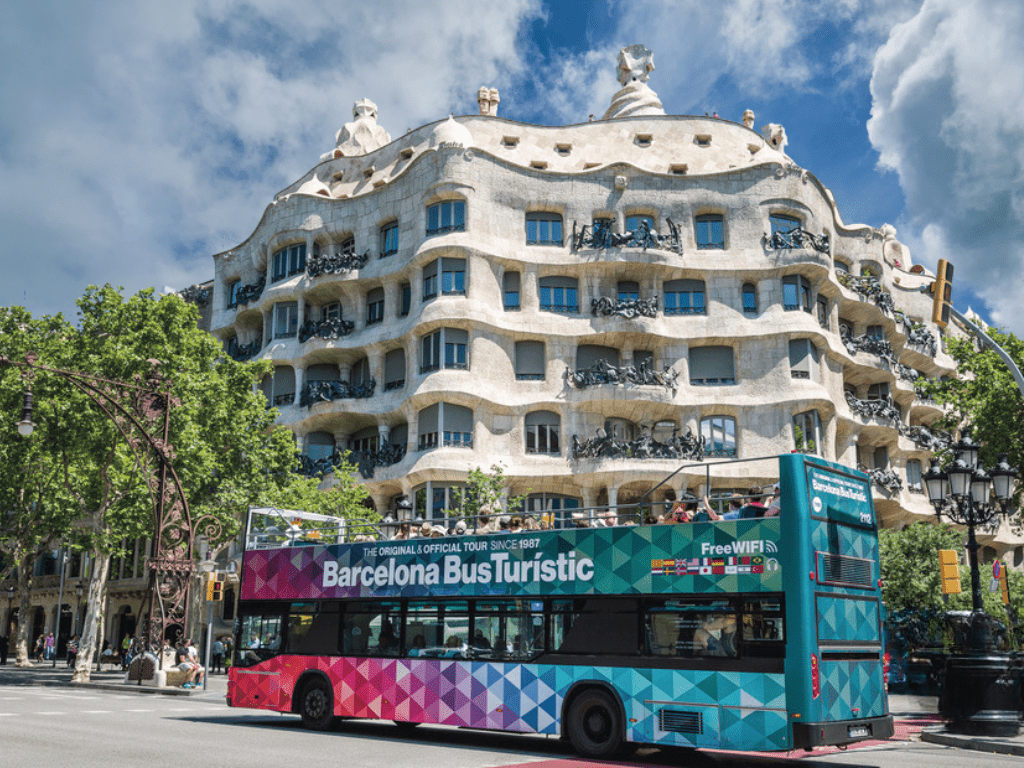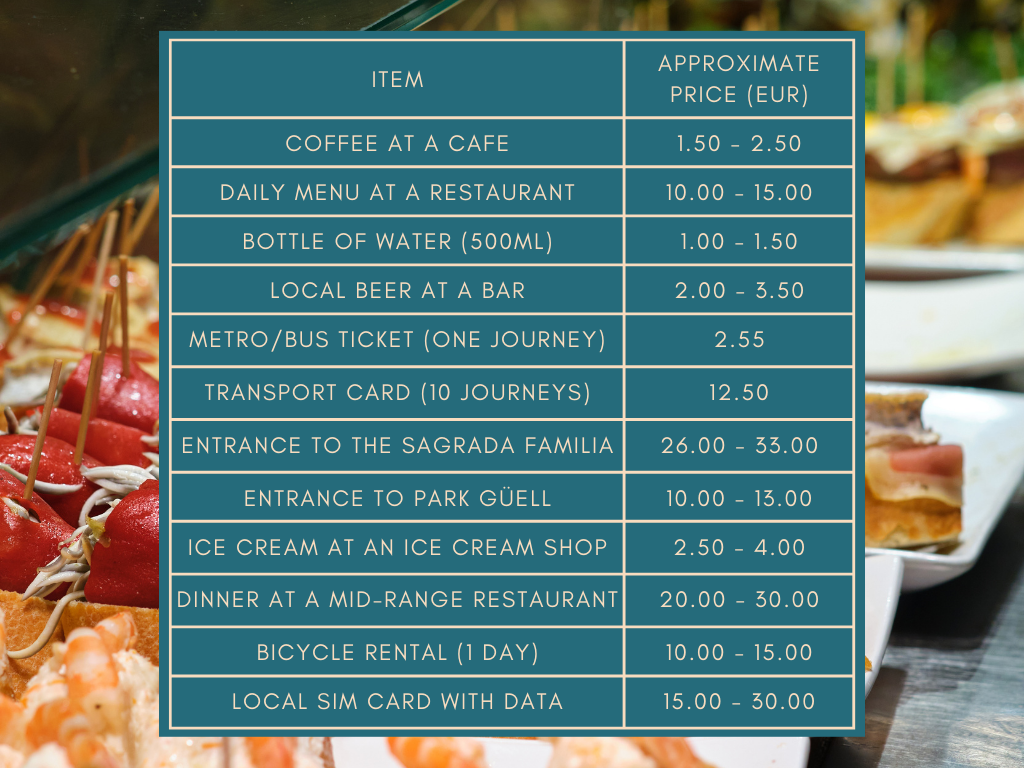Welcome to Barcelona

Ideal Weather for Your Visit
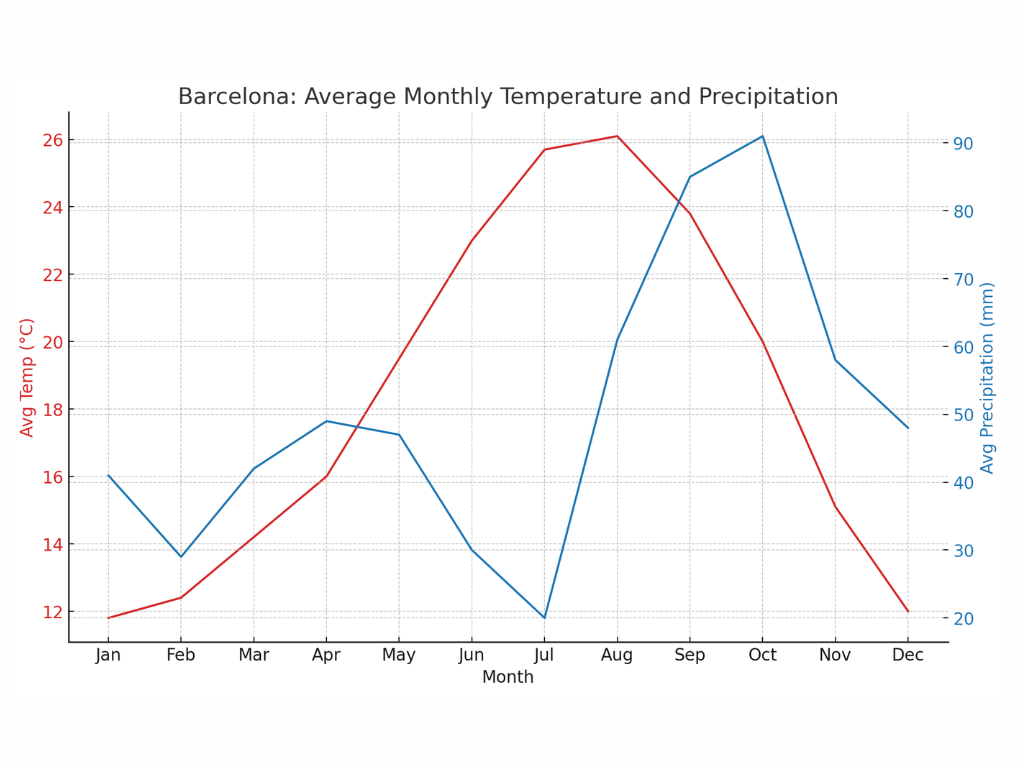
Languages of Barcelona
Barcelona greets you in Catalan and Spanish, its official languages, while English and French are widely understood, easing the communication for international travelers. This linguistic diversity mirrors the city’s welcoming spirit, making you feel at home as you explore its cultural treasures.
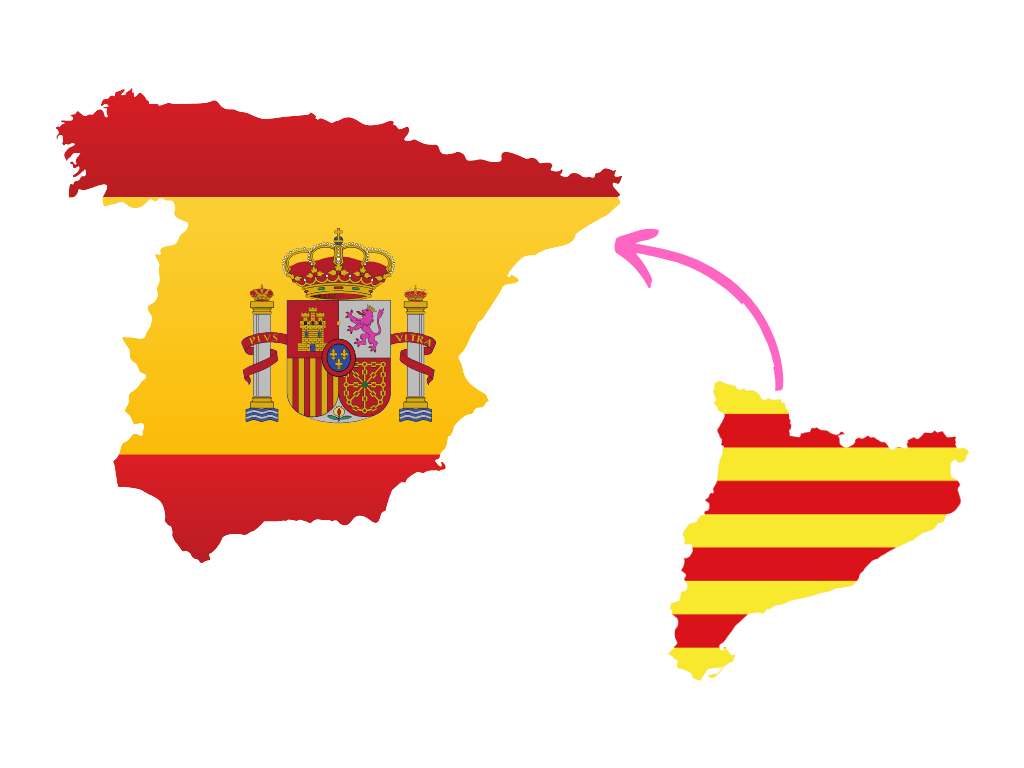
Population of Barcelona: Heart of Catalonia
1,620,809 people reside in Barcelona, with over 5 million in its metropolitan area.
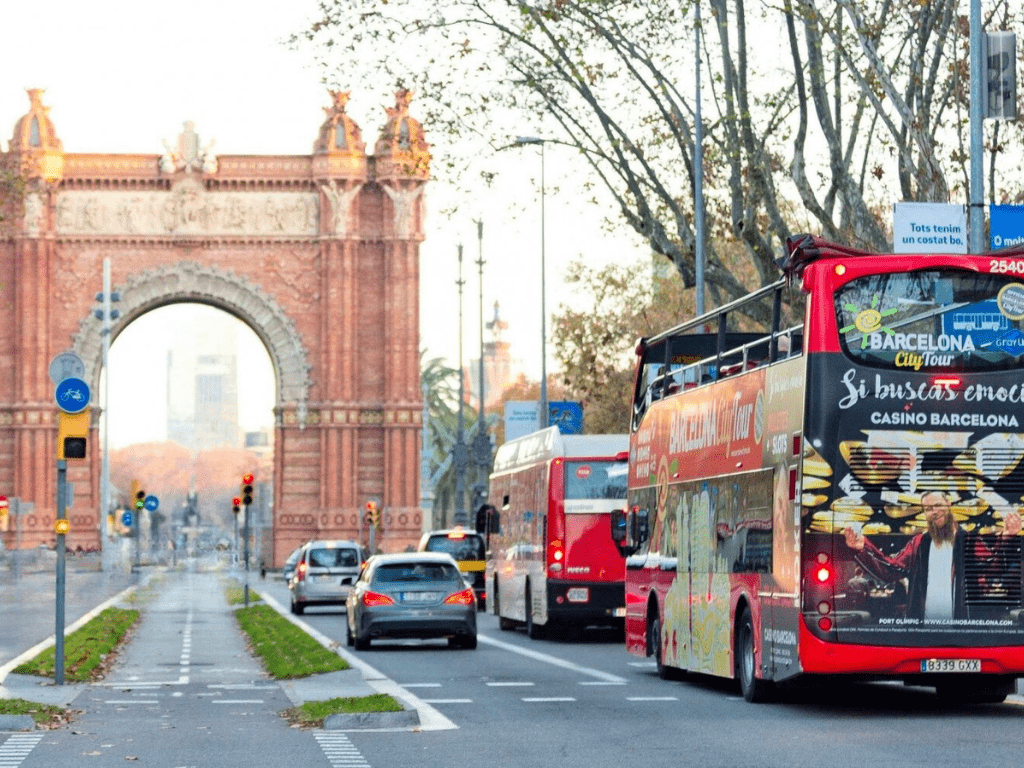
Public Transportation in Barcelona
In Barcelona, a single metro or bus ticket in Zone 1 costs €2.55, covering the entire city and nearby municipalities. For efficient exploration, the T-10 ticket at €12.15 offers 10 combined trips among metro, bus, tram, Ferrocarrils de la Generalitat (regional railways), and RENFE trains within 75 minutes from the first validation.
Hola Barcelona Travel Card
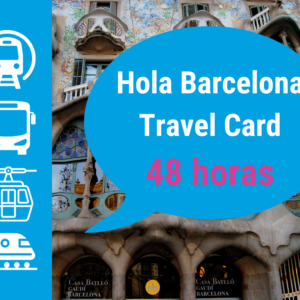
Barcelona: Hola Barcelona...
16,62 €
Barcelona Bus Turístico hop-on hop-off service
- Red Route: From Estació de Sants to Diagonal, featuring iconic spots such as Plaça d’Espanya, Anella Olímpica, and the Gothic Quarter.
- Blue Route: Connects Monestir de Pedralbes with Sarrià, including stops at the Sagrada Familia and Parc Güell.
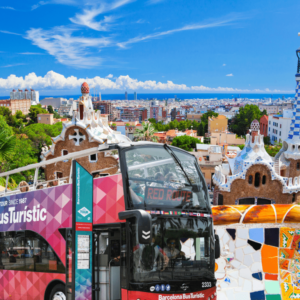
Barcelona: 24h Barcelo...
33,00 €
Economic Guide to Exploring Barcelona
Currency
Currency Exchange Widget
Prices
Barcelona, a vibrant city known for its stunning architecture, rich history, and bustling streets, offers a unique experience for tourists. However, like any popular tourist destination, the cost of visiting Barcelona and its surroundings can vary widely depending on your lifestyle, choices, and where exactly you decide to spend your money.
In the heart of Barcelona, you’ll find that prices for basic consumables and services are relatively moderate compared to other major European cities. A cup of coffee at a cozy café might set you back between 1.50 to 2.50 EUR, offering a moment of leisure without breaking the bank. Dining out is another pleasure, with daily menus at local restaurants priced around 10.00 to 15.00 EUR, providing a good taste of Catalan cuisine at a reasonable cost.
For those looking to explore the city’s iconic landmarks, entrance fees can be a consideration. Visiting the awe-inspiring Sagrada Familia, for example, ranges from 26.00 to 33.00 EUR, while the enchanting Park Güell has an entrance fee of about 10.00 to 13.00 EUR. These sites, among others, are well worth the expense for the unique experiences they offer.
Tips
En Barcelona, como en el resto de España, las propinas no son obligatorias pero sí apreciadas como un gesto de agradecimiento por un buen servicio. La costumbre de dar propina en Barcelona es más relajada que en otros países, especialmente en Estados Unidos. Aquí tienes algunas pautas generales:
- Restaurantes: Si el servicio ha sido satisfactorio, es habitual dejar una propina del 5% al 10% del total de la cuenta. En los establecimientos más informales o si solo consumes algo ligero, simplemente redondear la cuenta o dejar algunas monedas puede ser suficiente.
- Bares y Cafés: No es necesario dejar propina, pero si deseas hacerlo, dejar las monedas del cambio o un pequeño extra, como 0,50 € a 1 €, es un buen gesto.
- Taxis: No es común dar propina, pero redondear al euro más cercano o dejar un extra de 1 € a 2 € por amabilidad está bien visto.
- Servicios de hospedaje: Para los maleteros o el servicio de habitaciones, una propina de 1 € a 2 € es apreciada.
Recuerda, las propinas en Barcelona se ven como una muestra de agradecimiento por un servicio excepcional, no como una obligación. La decisión de cuánto y cuándo dar propina depende de ti.

